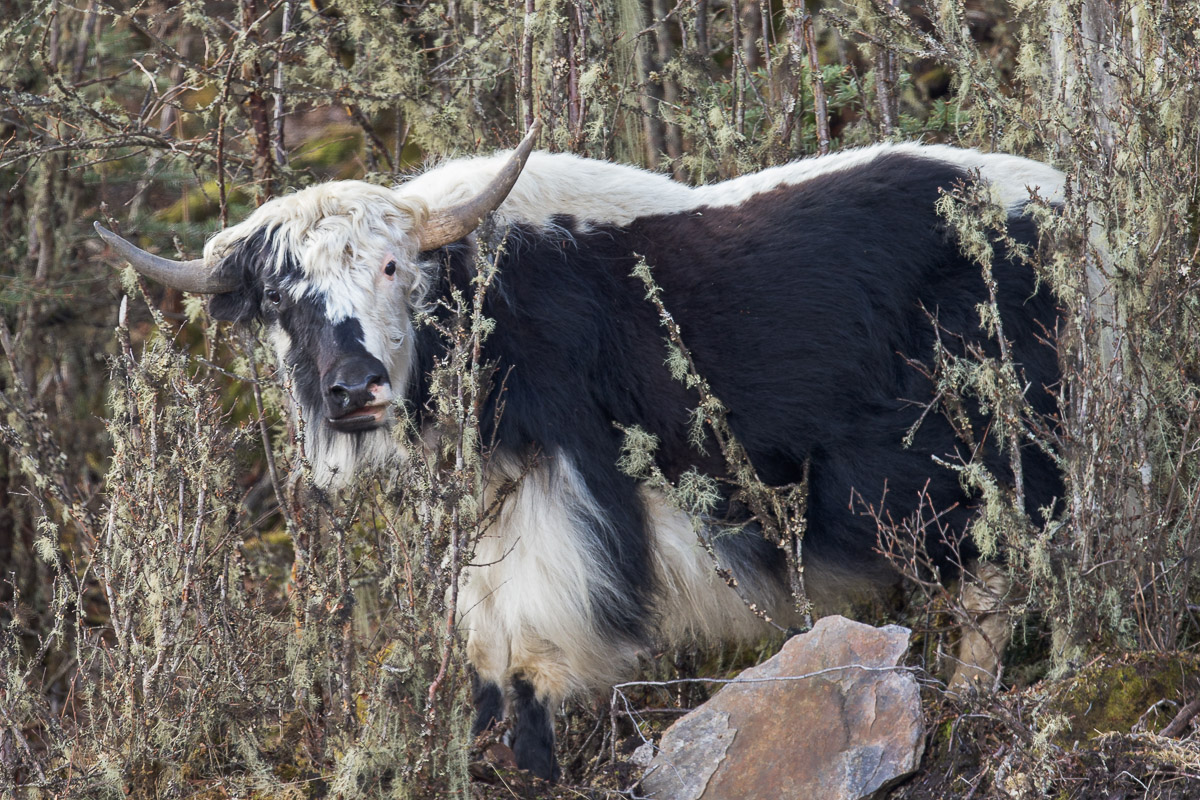The Giant Scops Owl (Otus gurneyi) is an endemic owl of the Philippines. Also known as the Mindanao Eagle-Owl, it is intermediate in size and structure to the scops and the eagle-owl. It is a threatened species due to habitat loss but little is known about it’s biology and behaviour.
On my trip to the Philippines to see the Philippines Eagle nesting in Mindanao, I had an opportunity to encounter this bird. While staying in a resort near Davos, our bird guide mentioned that he will be looking for this owl species at the resort itself in the early hours of the morning as he had heard its call on a previous trip. If he succeeded, he will wake us up immediately to get a view.
We thought little about it, and proceeded to sleep peacefully that night. In the middle of the night I was rudely awaken by some shrieks just outside my chalet room. I thought what an awful noise made by some unknown animal and try to get back to sleep. Just then, the phone rang, with our guide informing us that he had seen the bird. Without much preparation and just with my bare camera and lens, I rushed out to meet the guide who was shining his torchlight at a short distance away.



















